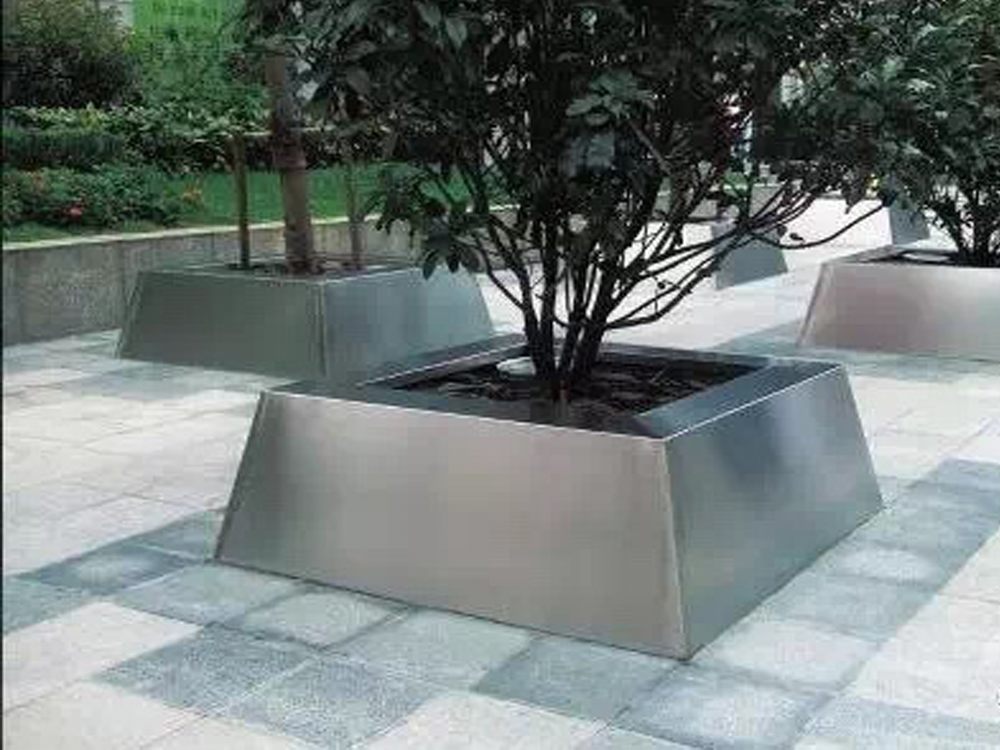
Bronze sculptures, while durable, can develop cracks or damages over time due to environmental factors or accidents. Repairing these requires specialized techniques to preserve their artistic and historical value.
1. Welding and Brazing: For structural cracks, welding or brazing is often used. Skilled artisans employ TIG welding or oxy-acetylene torches to fuse metal back together, followed by careful polishing to blend the repair seamlessly.
2. Patching with Epoxy or Metal Fillers: Smaller cracks or surface damages can be filled with epoxy resins or specialized metal fillers. These materials are sculpted to match the original texture and patinated to restore the bronze’s color.
3. Cold Metal Stitching: For non-load-bearing cracks, cold stitching involves drilling holes along the crack and inserting metal locks or pins to stabilize the damage without heat, preserving the sculpture’s integrity.
4. Chemical Treatments: Corrosion or minor surface cracks may be treated with chemical cleaners or inhibitors to halt further degradation. A protective wax or lacquer coating is then applied to shield the sculpture.
5. Lost-Wax Casting for Severe Damage: In cases of extensive damage, sections may be recast using the lost-wax method to recreate missing parts, which are then attached and blended into the original piece.
Each technique requires expertise to ensure the sculpture’s aesthetic and structural qualities are maintained. Consulting a professional conservator is recommended for valuable or historical pieces.

